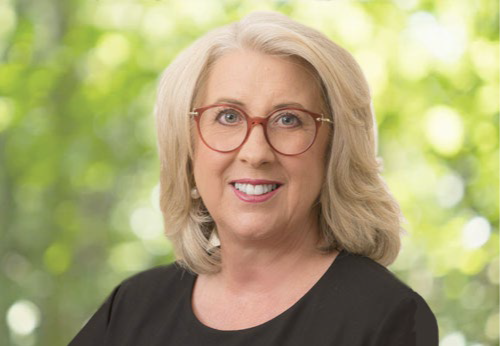Many same-sex couples in Australia are now having children and building families through sperm and egg donation, surrogacy and adoption. In many ways, lesbian couples have a simpler legal situation than gay couples if one of the women is the biological mother of the child. But there are still complications facing them, and even more facing those couples who choose to use an outside surrogate to carry and birth their child.
The Law in Victoria
According to the Assisted Reproductive Treatment Act 2008, which was passed in December 2008 in Victoria and came into operation on 1 January 2010, both the biological mother and her female partner are considered the legal parents of the child. The Act (s. 147) says that if a woman who is in a lesbian relationship or no relationship undergoes assisted reproductive treatment or artificial insemination, the woman’s female partner is “presumed, for all purposes, to be a legal parent of any child born as a result of the pregnancy” so long as she was the biological mother’s partner when she underwent the procedure AND consented to the procedure. This applies whether the child was conceived with the mother’s own ovum or through donated ovum. The Act also states that the sperm donor – whether or not the mother knows him – is presumed NOT to be the father of the child.
Federal Law
Since November 2008, federal law has recognised the rights of both partners in a lesbian relationship, regardless of who the birth mother is, the method used to conceive the child and the identity (known or unknown) of the sperm donor. The only condition required by federal law is that the non-birth mother consented to the procedure and that the couple was in a de facto relationship.
Since the changes in legislation, the birth mother and her partner are automatically listed as the child’s parents on his or her birth certificate. Prior to the reforms, the sperm donor could be listed on the birth certificate as a parent. However, if a child is conceived through sexual intercourse with the donor (and not artificial insemination or another type of procedure), the donor is the child’s legal parent. The law does not permit a third parent to be listed.
If a child was born prior to the reforms, and only the biological mother is listed on the birth certificate, the birth certificate can be amended to include the non-birth mother. To add the non-birth mother, a form must be submitted to the Registry of Births, Deaths and Marriages and both mothers must sign a declaration that the non-birth mother consented to the procedure. If the child was born prior to the reforms and the sperm donor is listed as father, his name will have to be removed and then the non-birth mother’s name added. This requires a County court order.
Simply put, both federal and state law make both members of a lesbian couple the legal parents of the biological child of one of the women. This means that both mothers have all legal obligations, rights and responsibilities to their children according to Australian law, including maintenance, custody and child support.











